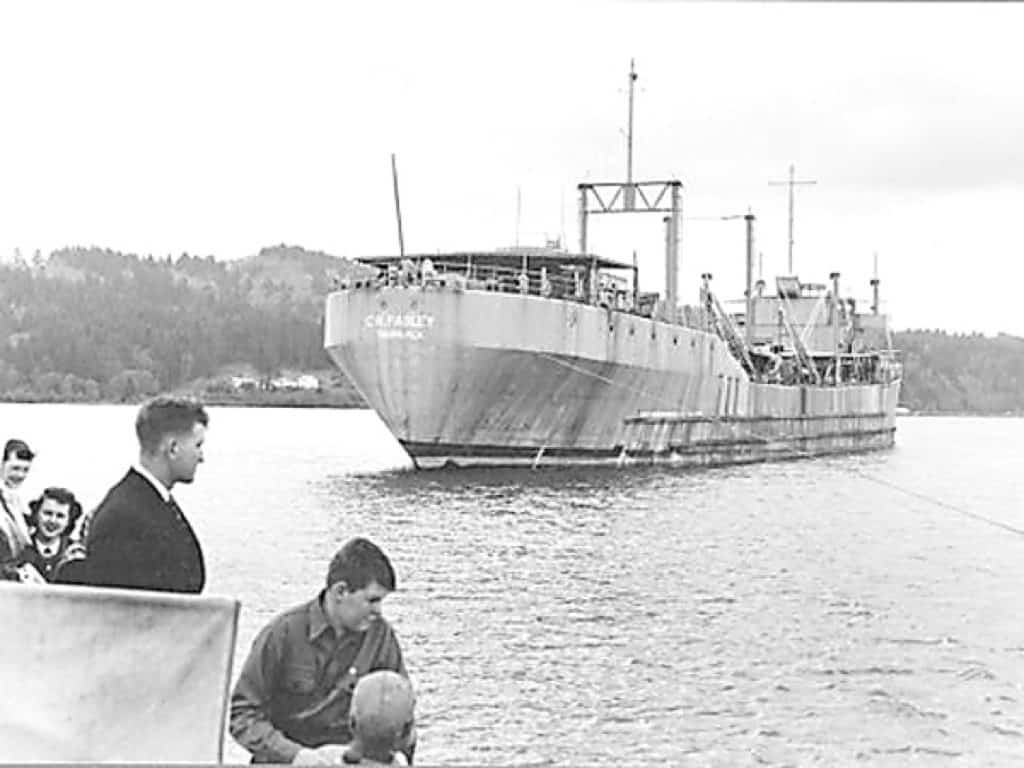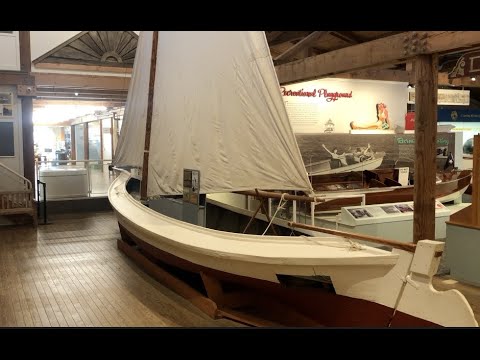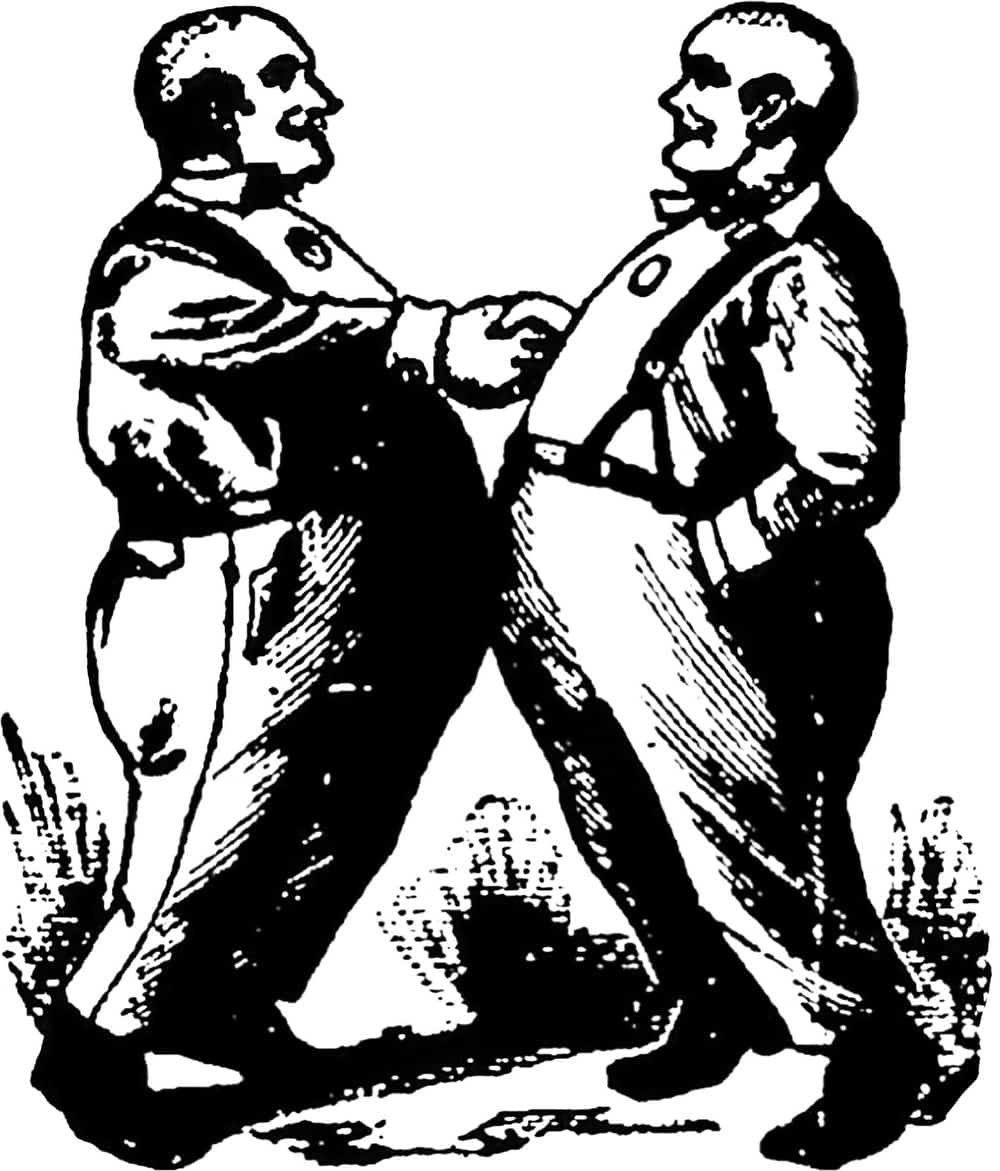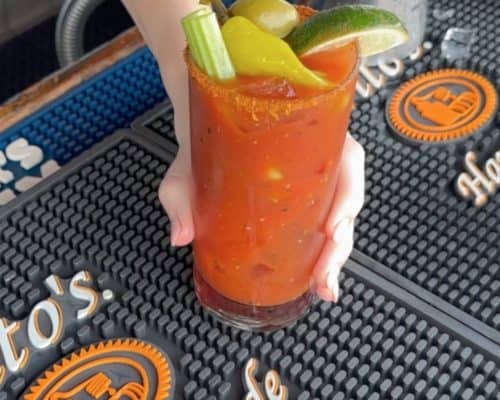Kiptopeke’s ships are a concrete reminder of times past.
Bill Dyas, former interpretive Park Ranger at Kiptopeke State Park, told me that the nine concrete ships just a stone’s throw from the park’s fishing pier make for some of the best pier fishing. During the summer months, anglers take to the pier with fishing rods rigged for bluefish, spot, croaker, summer flounder and other species. When I served as a park ranger at the Eastern Shore of Virginia National Wildlife Refuge (part of the U.S. Fish and Wildlife Service), I’d drive over to Kiptopeke after work to stake my own place at the pier, and around 5:30pm, a plethora of croakers and spot would wreak havoc on the bait to make some memorable fishing.
But during the colder months, when the anglers and beach goers are gone, the nine sunken ships looming in the distance have an ominous and almost ghostly appearance. It’s akin to visiting one of the US Navy’s reserve fleets, where ships of yesteryear wait unattended for the scrapper’s torch or the next conflict to call them back to service. In the case of the nine ships sunken offshore at Kiptopeke, their story is worth telling.
At the height of WWII, the U.S. Maritime Commission awarded Pennsylvania businessman Matthew H. McCloskey, Jr. $37 million in contracts to design and build 24 concrete ships. The wartime shortages of steel made for some innovative approaches to ship construction, using metal rebar and mesh with concrete to fabricate the ships. The ships; SS William Foster Cowham, John Grant, Robert Whitman Lesley, Richard Kidder Meade, Willard A. Pollard, Willis A. Slater, Arthur Newell Talbot, Edward Thatcher and Leonard Chase Wason were named after concrete industry pioneers. McCloskey opened a shipyard in Tampa where the temperatures were right for producing these ships.

Starting in July 1943, McCloskey’s company churned out nearly one ship a month to join the war effort. They were 366 feet long, had a beam of 54 feet, and their engines produced 1,300 horsepower via a single screw. This made for a dismal top speed of seven knots. They slowly transported ammunition, spare parts, and equipment during the war. Work aboard the ships was not glamorous for the crew of 48, and many of the ships saw service in the South Pacific. Two participated in the allied invasion of Normandy in June 1944. Another served as a training ship on the West Coast, and another collided with a concrete steamer and was laid up in Bermuda for repairs. By the end of WWII, they were all laid up in reserve.
Their time in the reserve fleet was not long. In December 1948, nine of them were sunk off Kiptopeke to serve as an artificial breakwater for the ferry dock. Locals remember the scuttling of the ships, and many recount stories of walking the furnished decks and passageways. Some of the ferry boats that transported passengers and vehicles from Virginia Beach and Little Creek to Kiptopeke were also veterans—the M/V Northampton (former USS LST-63); M/V Old Point Comfort (USS LST-970) and M/V Virginia Beach (LST-510). Detailed scale models of these ferry boats are on display the Cape Charles Museum and Welcome Center.
Over time, these ships that aided in the war effort have slowly been reclaimed by the sea. Their superstructures, navigational equipment, ladders and fittings have all decayed or been scavenged over the years. Their decks, which hosted watch standers in the South Pacific, have been invaded by migrating birds, osprey nests, brown pelicans, and a plethora of gulls, which paint the decks white with their droppings. Moss and plants grow on others, and cracks in their hulls expose the insides of the cargo holds. The ships have signs warning kayakers and boaters to stay at least 50 feet away. From shore, visitors to the pier can look into the cavernous cracks with a good pair of binoculars or a spotting scope. For now, the ships rest silently just offshore, serving as habitat for birds and fish.




